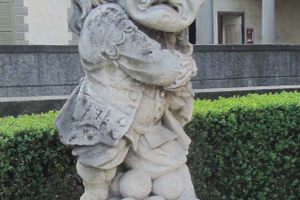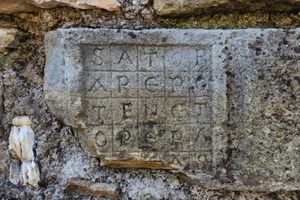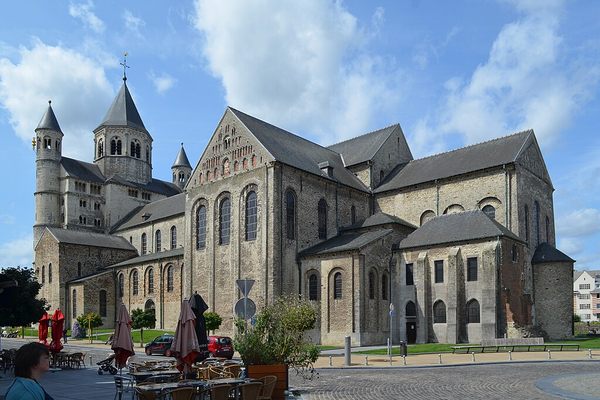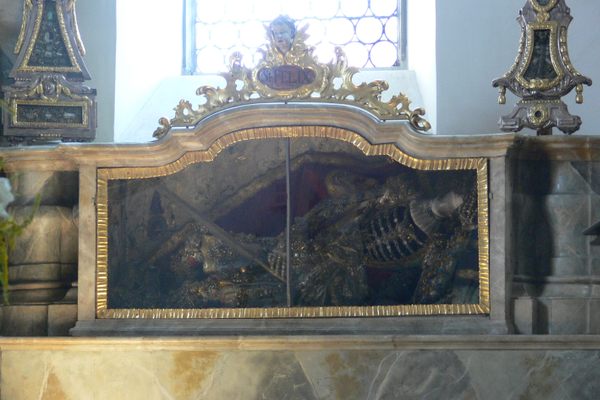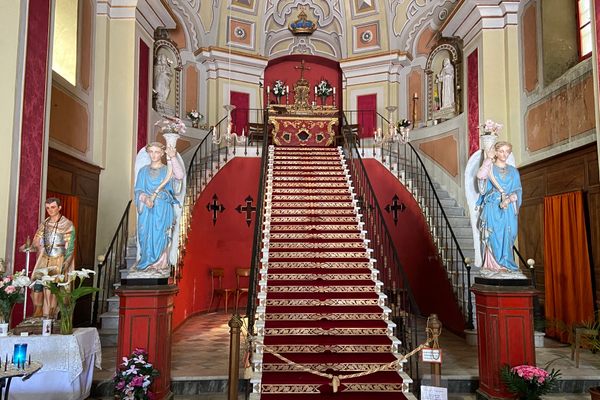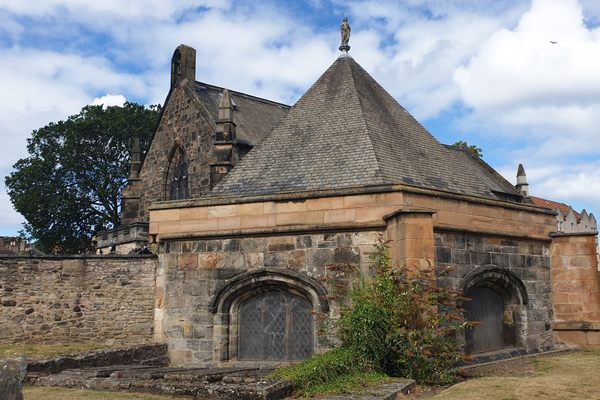About
The life of San Rocco, often referred to as St. Roch or St. Rock, is shrouded in mystery and legends. Both the dates of his birth and death are contested, and little is known for certain about his life. He lived sometime during the 14th century, and is known as the patron saint of dogs, invalids, bachelors, the falsely accused, and the victims of the plague, among others. His association with plague victims is why he became affiliated with this location.
1629 marked the arrival of the plague in the Lombardy region of Italy. In spite of a strict lockdown, the pestilence quickly reached the rural village of Romano (later to be renamed Romano di Lombardia), where it claimed its first victim, Antonio Trusselli, the grave digger. It soon became clear that the plague did not account for social status, hitting the rich and the poor equally hard. The next year, disease, squalor, and deprivation settled in, and no less than fourteen percent of the population of Romano was wiped out by the plague in a single year.
In the aftermath of that fateful year, while the pandemic was still raging, the people of Romano began invoking the protection of San Rocco and vowed to build a church dedicated to him where the victims of this pestilence were buried. Work started on the church in 1631 when the pestilence was finally waning. The Church of San Rocco is still the same size as when it was built: around 40 by 20 feet (12 by 6 meters). The 50-foot-tall steeple (15 meters) has a square base that measures five by five feet (1.7 by 1.7 meters). By any metrics, this is a small church.
The most prominent feature of this church is without a doubt its façade. The frescoes of two skeletons, one holding an hourglass and the other brandishing a scythe, stand guard. Between them, there's a painting illustrating heaven and hell. In this painting, Jesus is sitting in the clouds surrounded by cherubs with the Virgin Mary sitting next to him. Below them are two angels, one of which seems to be saving a dammed soul from the eternal fire. Immediately under the Virgin Mary is a ribbon that reads, “Opera manum tvarvm domine ne despicies,” or “Do not despise the hand of the Lord”. Another ribbon appears among the damned and it reads, “Operi manvvm arvm porreges dexteram”, or “Stretch out your right hand for the work.”
Curiously, the macabre theme is not recalled in the artwork along the nave of the church or by the altar, where more common religious images can be found. However, it resurfaces in the sacristy, above the arched doorway leading outside. Here is an intriguing example of macabre woodcarving, showing the skeleton of a pope lying on snakes. Above the skeleton are the papal tiara, a piece of parchment, and an hourglass. All the elements in the composition are painted white against the black background. It is not clear who this skeleton is supposed to represent nor why it is placed over snakes.
The artists behind these details and the church are believed to be from the 16th century, but their identity is not known.
Related Tags
Know Before You Go
The church is also known as Chiesa di San Rocco (Romano di Lombardia).
Flavors of Italy: Roman Carbonara, Florentine Steak & Venetian Cocktails
Savor local cuisine across Rome, Florence & Venice.
Book NowPublished
November 22, 2023
























